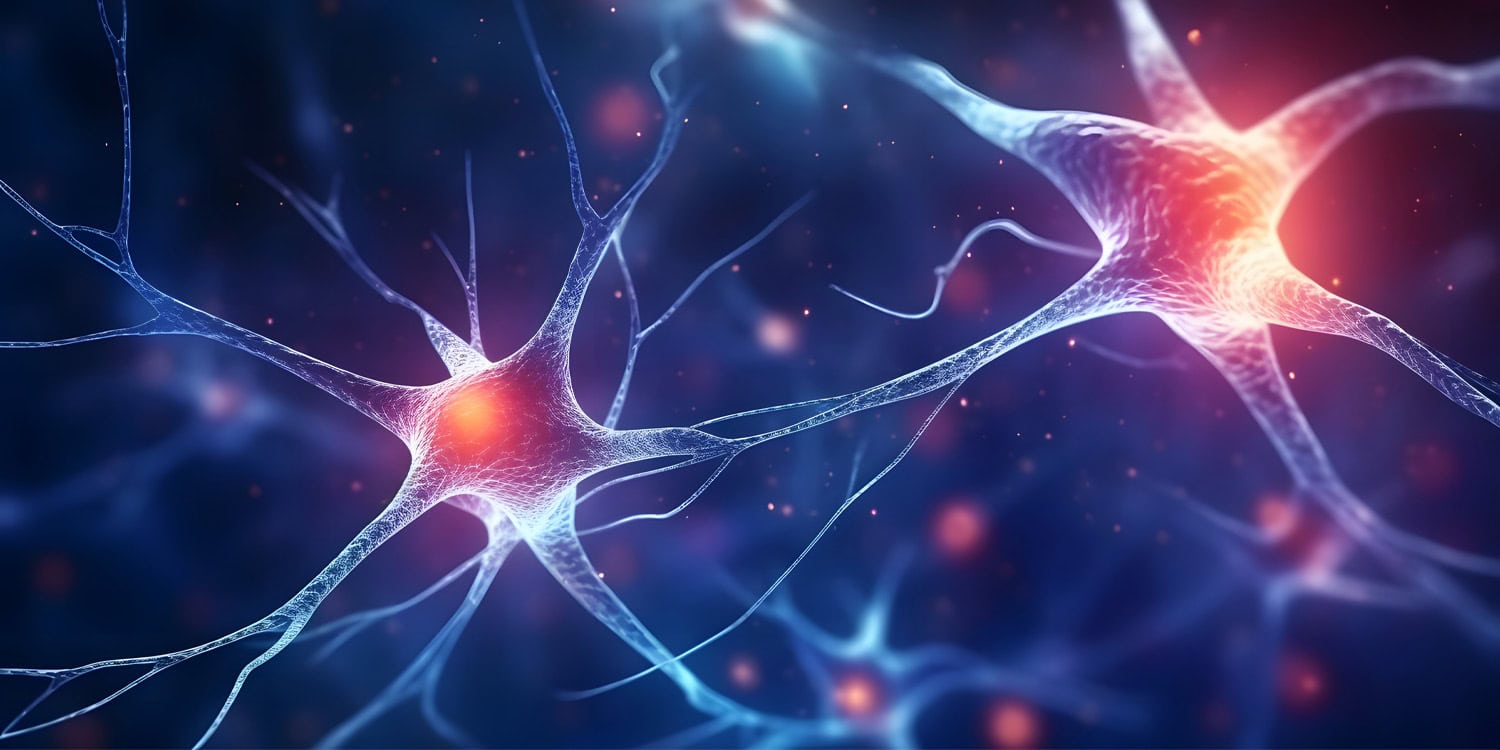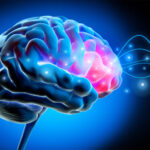A new study has identified a specific brain pathway that could explain how positive expectations of relief reduce pain, even without actual medication. Researchers discovered a circuit connecting the anterior cingulate cortex, brainstem, and cerebellum that activates when mice expect and experience pain relief, mimicking the placebo effect in humans. This discovery, published in Nature, sheds light on the biological basis of placebo analgesia, potentially paving the way for new pain management approaches.
Pain is a deeply personal and subjective experience that can be influenced by psychological factors like expectations. Placebo analgesia, where a person’s belief in relief reduces pain, is a prime example of this phenomenon. This effect has been widely studied, as it plays a crucial role in medical practice and clinical trials.
Despite its importance, the biological mechanisms behind placebo analgesia remain largely unknown. Previous imaging studies in humans revealed that certain brain regions, like the anterior cingulate cortex, are active during placebo analgesia, but the precise cellular and circuit-level interactions responsible for this effect were unclear.
The researchers aimed to address this gap using advanced methods in neuroscience. By studying mice, they hoped to gain a detailed understanding of the neural pathways involved, which could eventually inform strategies for leveraging the placebo effect in clinical settings.
“Placebo analgesia reveals the human brain’s natural ability to modulate pain. For pain physicians and scientists, harnessing this inherent power for pain management is a compelling goal, especially given the dual crises of chronic pain and the opioid epidemic in the United States,” said study author Chong Chen, a postdoctoral researcher in the Scherrer Lab at the University of North Carolina at Chapel Hill School of Medicine.
The researchers developed a mouse model to investigate the neural mechanisms underlying placebo analgesia, where the expectation of relief reduces pain perception. To achieve this, they designed a seven-day experiment that included three phases: habituation, conditioning, and post-conditioning testing. The setup featured two distinct chambers, each with different visual cues.
During the habituation phase, mice explored both chambers freely, with both set to a neutral, non-painful temperature of 30°C. This established baseline behaviors, such as how much time the mice spent in each chamber. In the conditioning phase, one chamber was heated to 48°C, a temperature that causes discomfort, while the other chamber remained at 30°C.
Over the course of three days, the mice learned to associate the second chamber with relief from the noxious heat of the first. On the final day, both chambers were set to 48°C, allowing researchers to assess whether the mice’s expectation of relief altered their pain responses despite the equal temperature.
To analyze the brain activity underlying these behaviors, the researchers used advanced neuroscience tools. Calcium imaging allowed them to observe real-time activity in specific neurons during the experiment. Optogenetics enabled them to selectively activate or suppress neural circuits using light. Single-cell RNA sequencing and electrophysiological recordings provided detailed information about the types of neurons and their connectivity.
The researchers identified a neural pathway that links the anterior cingulate cortex (a region associated with pain processing and expectation) to the pontine nuclei (a region within the brainstem) and the cerebellum at the back of the brain. This circuit was highly active when mice expected pain relief, even when no actual relief occurred. The activation of this pathway corresponded with reduced pain-related behaviors (such as paw licking or jumping), demonstrating that the expectation alone was sufficient to decrease the perception of pain.
Chen was surprised to find that “the pontine nuclei and its main output, the cerebellum, traditionally considered regions responsible for motor function, also contribute to placebo pain relief.”
Neurons in this pathway exhibited enhanced activity as the mice underwent conditioning. Specifically, neurons projecting from the anterior cingulate cortex to the pons showed progressively increased calcium signaling, reflecting heightened engagement of this circuit. This activity persisted into the testing phase, supporting the role of learned expectations in modifying pain perception.
The findings also implicated the brain’s endogenous opioid system in placebo analgesia. Administering naloxone, a drug that blocks opioid receptors, abolished the pain-relieving effects observed in the conditioned mice. This confirmed that the pathway relies on the brain’s natural pain-relief mechanisms. Additionally, optogenetic manipulation provided further evidence of the pathway’s importance. Silencing the connection between the anterior cingulate cortex and the pons reduced the analgesic effects, while stimulating it enhanced them.
At the synaptic level, the researchers observed increased synaptic plasticity in the neurons involved in this pathway. This means that the connections between these neurons became stronger as the mice learned to associate one chamber with relief. This plasticity was a key factor in maintaining the placebo-like effect.
“Placebo analgesia is real!” Chen told PsyPost. “Our study shows that the placebo effect can provide genuine pain relief, making it a valuable tool rather than something to avoid. With the right mindset, we can harness this effect for better outcomes.”
While the findings are promising, the study was conducted in mice, and it remains unclear how directly the results apply to humans. Human brains are more complex, and factors like culture, personal experiences, and cognitive abilities can influence placebo effects in ways that may not be mirrored in mice. Additionally, the study focused primarily on acute pain, leaving questions about whether this pathway plays a similar role in chronic pain conditions.
“Our long-term goals are to fully uncover the neural mechanisms underlying placebo analgesia and to develop strategies that leverage the placebo effect to improve human well-being,” Chen explained.
The study, “Neural circuit basis of placebo pain relief,” was authored by Chong Chen, Jesse K. Niehaus, Fatih Dinc, Karen L. Huang, Alexander L. Barnette, Adrien Tassou, S. Andrew Shuster, Lihua Wang, Andrew Lemire, Vilas Menon, Kimberly Ritola, Adam W. Hantman, Hongkui Zeng, Mark J. Schnitzer, and Grégory Scherrer.




